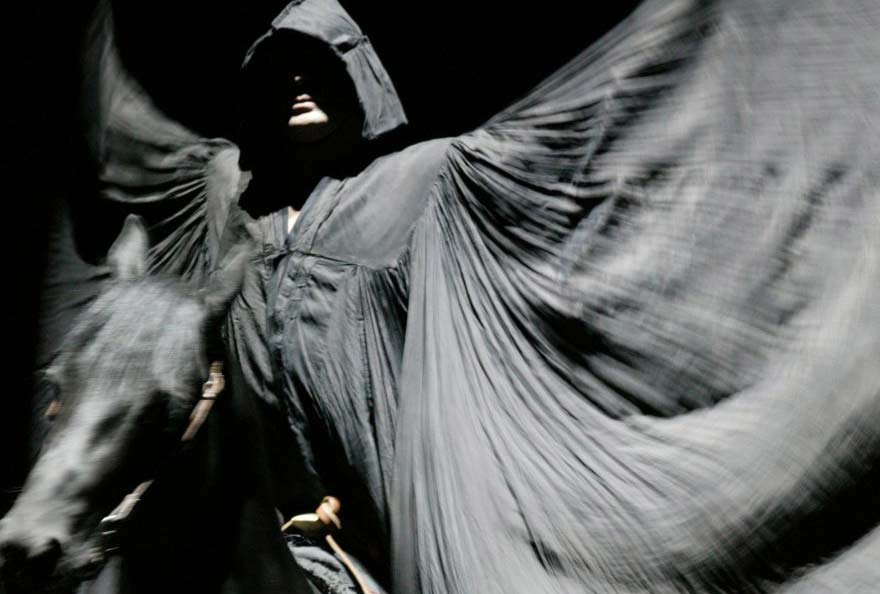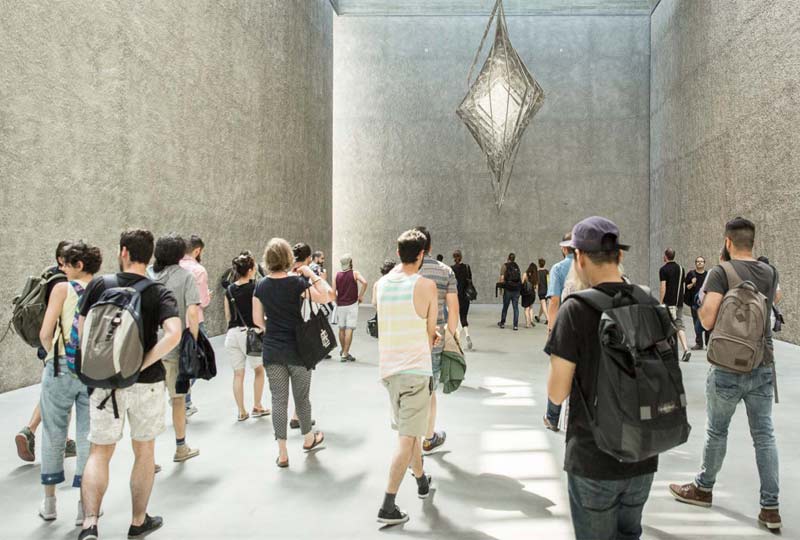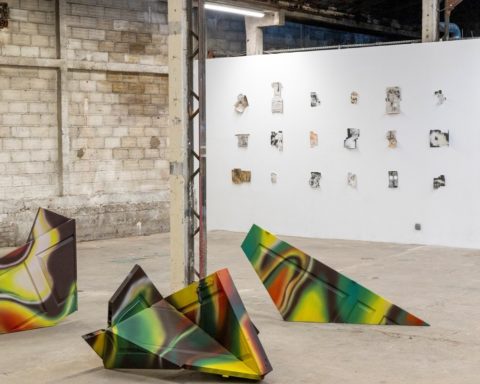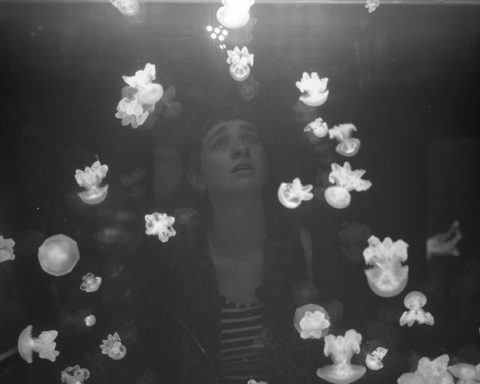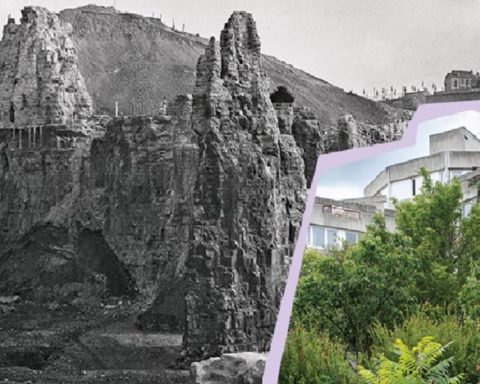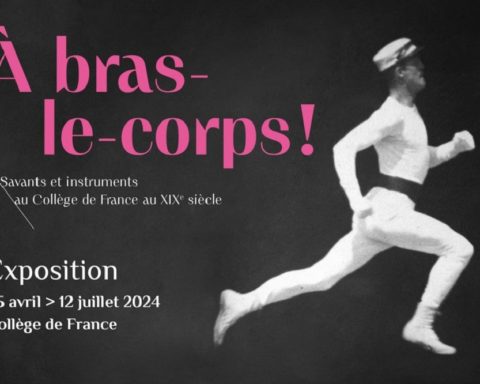The "Marcel Nahmias" Prize awarded to a writer or theatre actor for the body of his work or career is presented this year to author and director Bartabas. Pioneer of a new expression, combining equestrian art, music, dance and comedy, Bartabas, le Centaure d'Aubervilliers, has invented and directed a new form of performing arts outside the box: equestrian theatre. Tribute.
Chat better way to celebrate theatrical creation than by welcoming authors and artists from the world of theatre on the occasion of the presentation of the Pleasure of the Theatre Award ?
On 29 January at 7 pm, for its eleventh edition, the jury of the association Plaisir du Théâtre, organised by the SACD, chaired by René de Obaldia of the Académie française, and composed of award-winning writers, theatre critics and former actors, will award two prizes on this occasion. For the year 2018, Gilles Costaz will award the Prix Jean-Jacques Gautier 2017 to the author and director Hédi Tillette of Clermont-Tonnerre; and Armelle Héliot will present the Prix Plaisir du théâtre - Marcel Nahmias 2017 to the author and director Bartabas.
Aspiring jockey turned punk rider, then poet and squire, with his company, founded in 1984 under the banner of the Zingaro Equestrian Theatre, Bartabas has conquered hundreds of thousands of spectators around the world. In 2003, he founded the Académie équestre de Versailles. For this corps de ballet, unique in the world, which performs in the arena of the great royal stables, he notably signed the staging of the Knight of St. Georgeof the Trip to the Indies Galantes and Mares of the night. From cabarets to shows, and from films in ballet, the "capital rider" has raised equestrian art to the rank of major art (1). For magical shows flirting with the most diverse cultures. An artist out of the ordinary.

It's always difficult, even a little illusory, to pretend to determine how it started, to determine the founding event of an artist's life, the first emotional shock. Why did I become an artist, and this artist?Inventing a form of performance like ours, an equestrian theatre, means first of all accepting nomadic life, its freedoms and constraints, the freedom that is its essence but also its discomfort. Therefore, no sooner has there been talk of "choosing" this life than we have to ask ourselves the question: is it such a deliberate choice?Because one chooses an artist's life before being an artist.I will be born an artist a little later, when I start working with the material I have chosen for myself. For it is the relationship that the artist maintains with his material that gives birth to it; it is the way in which he knows how to play with the constraints that the material dictates to him that will make him an artist.The context of the 1970s encouraged people to go into life without any insurance. The street performance that we were doing at that time with the Théâtre Emporté (provocative interventions using commedia dell'arte characters) was resolutely on the fringes, there was even within us a form of anger against society, we wanted to be wild and rebellious, I think we were. We lived as stateless people, citizens of the world who fed on the countries they passed through.The artistic discipline that we later created, equestrian theatre, did not exist. We came from nowhere, we opened a new path, without necessarily knowing what it was.We were living in the present, there was no talk of plans or future."Bartabas
Within the framework of the academy, he collaborates with artists from all walks of life such as Carolyn Carlson, Alexandre Tharaud, Philip Glass or Beňat Achiary.
In a state of perpetual research, Bartabas regularly presents more intimate works of which he is both author and performer, such as Entr'aperçu at the Théâtre du Châtelet, Lever de soleil or the Centaur et l'Animal with Butô dancer Ko Murobushi.
From 2006 to 2015, his creations are numerous: Beaten, Gypsy-inspired show; Darshan, to the scenography of a circular shadow theatre, Calacas, inspired by the Mexican Day of the Dead, or Elegies: we finish off the angels wella show about religious sentiment. In 2017, he presented Ex-AnimaThis is his fifteenth and last show, where human intervention is limited to the strict minimum to give the horse a central place.
For the cinema, Bartabas has directed two feature films: Mazeppa (1993, awarded in Cannes) and Shaman (1995) produced by Marin Karmitz.
His latest opus, Rear canterThis is a real "traveling of memory" and a questioning of his entire career and work. Long considered an equestrian utopia, the "backward gallop" requires from the horse and its rider an incredible complicity and mastery, as well as the exceptional ability to back away without ceasing to face up to it. It was therefore natural that Bartabas, in order to evoke the whole of his career and that of the Théâtre Zingaro, chose this proud title with a singular perspective: a way of going back in time without retracing his steps. For if it is indeed a question of exploring and resuscitating twenty-five years of artistic adventures, the project is not at all akin to a more or less nostalgic recollection.
It is an original and accomplished film that is offered to us. The furious ardour of the Cabarets, the challenges of Opera, the magic of Chimera, the pure beauty of Eclipse, the painful celebration of Triptyk, the active meditation of Loungta, the iconoclastic outburst of Battuta, it's all there, and yet an extra layer of secret, intimate, insightful history is written, using the words of poets to tell the meaning of a life out of the ordinary, risky, irreducible, inspired.
A life definitely in the shape of a rider's destiny.
So it's with Ex Anima, that Bartabas decided to perform his final salute in October 2017, as a "completion": it is no longer the virtuosity of the horse-rider couple that is at work, but the animal in its simple majesty, in an incomparable stage freedom. To be seen urgently until February 2018. Then tour in France. (Information: 01 48 39 18 03, www.zingaro.fr)

(1) Listen on France Culture the show "A voix nue"

